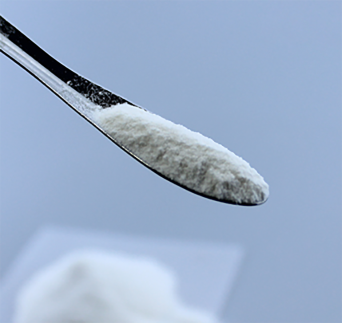
Sep . 09, 2024 16:30 Back to list
Hydroxyethyl Cellulose (CAS No. 9004-62-0) - Properties, Applications, and Safety
Hydroxyethyl cellulose (HEC) is a cellulose derivative widely used in various industrial and pharmaceutical applications. With the CAS number 9004-62-0, HEC is a water-soluble polymer known for its ability to enhance the viscosity of solutions while maintaining stability. This characteristic makes it a valuable ingredient in a range of products, from cosmetics and personal care items to paints and coatings.
One of the primary benefits of hydroxyethyl cellulose is its thickening and stabilizing properties. In the cosmetics industry, HEC is commonly found in lotions, creams, and gels, where it not only improves the texture but also enhances the product's ability to hold moisture. This feature is particularly important in skincare products, as hydration plays a critical role in maintaining healthy skin.
In addition to its thickening properties, HEC acts as a film-forming agent. This quality is crucial in products like hair styling gels and sprays, as it helps create a firm hold without leaving the hair feeling stiff or crunchy. The versatility of HEC enables formulators to adjust the viscosity and flow characteristics of their products, allowing for a wide range of applications tailored to consumer preferences.
Moreover, hydroxyethyl cellulose is valued in the pharmaceutical industry, where it serves as a binder and thickening agent in various drug formulations. Its biocompatibility makes it an ideal choice, as it can be safely used in oral, topical, and ophthalmic products. The controlled release properties of HEC also enhance the efficacy of certain medications by ensuring that active ingredients are gradually released into the body.
hydroxyethyl cellulose cas no

Another significant application of hydroxyethyl cellulose is in the construction industry, particularly in tile adhesives, grouts, and other building materials
. HEC improves workability, adhesion, and water retention in these products, facilitating smoother application and better performance.With a growing emphasis on sustainable and eco-friendly ingredients, hydroxyethyl cellulose, derived from renewable resources, aligns well with current market trends. Its biodegradability and low toxicity make it a preferred choice for manufacturers looking to reduce their environmental impact.
In conclusion, hydroxyethyl cellulose (CAS 9004-62-0) is a multifunctional ingredient with a broad range of applications across various industries. Its thickening, stabilizing, and film-forming properties, combined with its biocompatibility, make it an invaluable asset in cosmetics, pharmaceuticals, and construction, positioning it as a key player in developing modern products that meet consumer demands for quality and sustainability.
-
Versatile Hpmc Uses in Different Industries
NewsJun.19,2025
-
Redispersible Powder's Role in Enhancing Durability of Construction Products
NewsJun.19,2025
-
Hydroxyethyl Cellulose Applications Driving Green Industrial Processes
NewsJun.19,2025
-
Exploring Different Redispersible Polymer Powder
NewsJun.19,2025
-
Choosing the Right Mortar Bonding Agent
NewsJun.19,2025
-
Applications and Significance of China Hpmc in Modern Industries
NewsJun.19,2025







